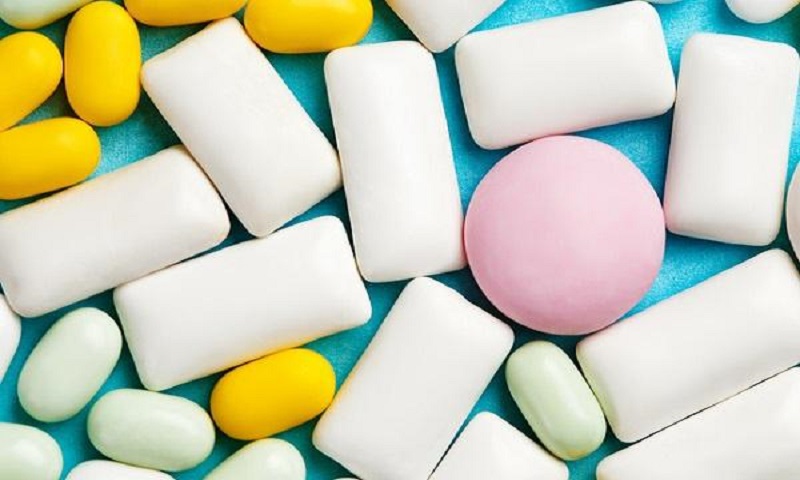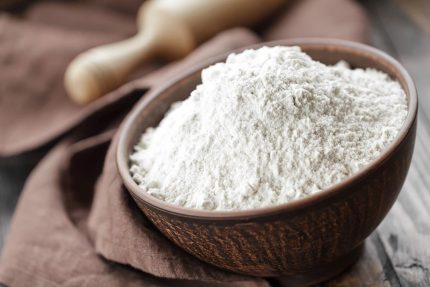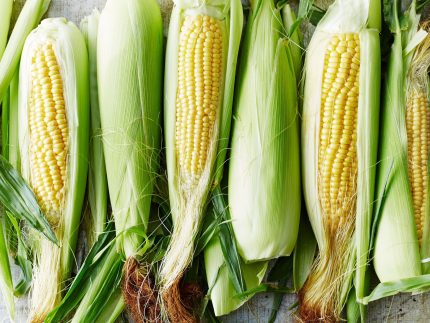Sorbitol-powder
Food coloring is an additive used to make foods more attractive and to entice consumers. Food coloring includes a dye or pigment that gives color to food or beverages.
Color is of great importance in the food industry, so to obtain color, they mix certain compounds with specific flavors and make food color to change the aroma and taste of foods and beverages.
These colors are used to increase attractiveness and appetite or to add color to foods that have lost their color due to exposure to light, air, temperature, humidity and storage conditions.
Food coloring can correct the natural color changes of foods, enhance the colors that are naturally present and make them more visible to consumers.
Today, the effect of colors cannot be underestimated in foods such as candies, breakfast cereals, jellies, but at the same time, their disadvantages must also be considered. These days, colors are also prominent in all kinds of snacks and attract everyone’s attention, especially children. Therefore, it can be said that using food colors is a type of marketing that can increase the sale of snacks and foods.
Types of food colors
Natural food colors
These colors are often derived from plants and have no adverse effects on health. On the contrary, these compounds are also beneficial for the body because they contain antioxidant compounds. Natural colors include the orange color of carotene in carrots, the purple color of red cabbage, the green color of spinach, the red color of beets, the yellow color of turmeric and other natural colors. These colors are obtained through a difficult extraction process and are used in the food industry and, like fruits and vegetables, are rich in beneficial compounds for the body.
Most natural colors can dissolve in oil but not in water. They are usually processed to form their sodium or potassium salts. This makes them soluble in water and usable for use in foods.
Artificial food coloring
Artificial colors are produced from chemical compounds and can be found in a variety of candies, chocolates, and beverages. Research on these colors has shown that their use in children causes hyperactivity and restlessness, and in some cases, reduces their growth and concentration.
Allergic reactions in adults and reduced IQ in children are also some of the harmful effects of these chemicals, which is why their use has been banned in many countries.
Description
Food coloring is an additive used to make foods more attractive and to entice consumers. Food coloring includes a dye or pigment that gives color to food or beverages.
Color is of great importance in the food industry, so to obtain color, they mix certain compounds with specific flavors and make food color to change the aroma and taste of foods and beverages.
These colors are used to increase attractiveness and appetite or to add color to foods that have lost their color due to exposure to light, air, temperature, humidity and storage conditions.
Food coloring can correct the natural color changes of foods, enhance the colors that are naturally present and make them more visible to consumers.
Today, the effect of colors cannot be underestimated in foods such as candies, breakfast cereals, jellies, but at the same time, their disadvantages must also be considered. These days, colors are also prominent in all kinds of snacks and attract everyone’s attention, especially children. Therefore, it can be said that using food colors is a type of marketing that can increase the sale of snacks and foods.
Types of food colors
Natural food colors
These colors are often derived from plants and have no adverse effects on health. On the contrary, these compounds are also beneficial for the body because they contain antioxidant compounds. Natural colors include the orange color of carotene in carrots, the purple color of red cabbage, the green color of spinach, the red color of beets, the yellow color of turmeric and other natural colors. These colors are obtained through a difficult extraction process and are used in the food industry and, like fruits and vegetables, are rich in beneficial compounds for the body.
Most natural colors can dissolve in oil but not in water. They are usually processed to form their sodium or potassium salts. This makes them soluble in water and usable for use in foods.
Artificial food coloring
Artificial colors are produced from chemical compounds and can be found in a variety of candies, chocolates, and beverages. Research on these colors has shown that their use in children causes hyperactivity and restlessness, and in some cases, reduces their growth and concentration.
Allergic reactions in adults and reduced IQ in children are also some of the harmful effects of these chemicals, which is why their use has been banned in many countries.
Reviews (0)
Be the first to review “Sorbitol-powder” Cancel reply

























Reviews
There are no reviews yet.